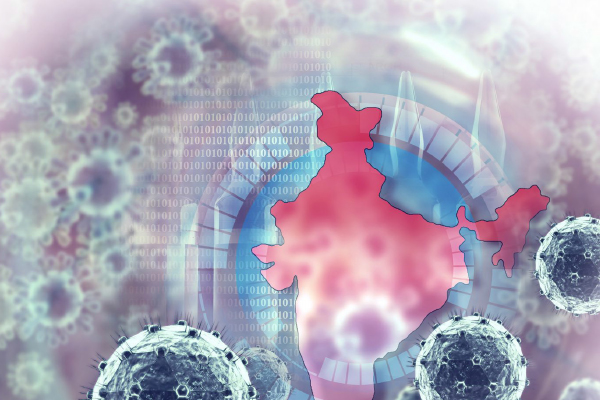
Suburban Diagnostics, in their attempt to objectify their diagnostic and management strategies, conducted a research on 83 patients with a known history of COVID-19. These patients were followed up on with serial antibody tests to study the sero-conversion and the trend of antibody response post infection. Out of the 83 patients, 64% (53 patients) had symptomatic COVID-19 infection and 36% (30 patients) had completely asymptomatic infection.
When followed up for 120-150 days post infection, 92% were positive for antibodies and 8% were still negative. Of the patients who completed 180 days post diagnosis, 90% were antibody positive. This figure is liable to change once all the patients being followed up complete 180 days and are tested.

When following up with antibody testing amongst the 83 patients, 88% showed a rise in titres at 60-90 days, while 4% cases showed a dip and 8% cases were still non-reactive. At 90-120 days, 55% cases showed rising antibody values, 35% showed a dip in these values while 2% cases showed a plateau in antibody values and 8% were still non-reactive. At 120-150 days, 37% cases showed rising antibody values, 55% showed a dip in these values and 8% were still non-reactive.
The table below shows that, from June to November, 2020 there was a significant rise in the percentage of patients who developed antibodies. Out of the total 37,646 tests conducted it was found that around 14,080 which is around 37.4% of the patients had developed COVID-19 antibodies.


| Month | Number of antibody tests done
|
COVID Antibody Positivity Rate |
| June | 190 | 27.9% |
| July | 6204 | 21.8% |
| August | 6234 | 30.6% |
| September | 10535 | 36.7% |
| October | 9238 | 48.0% |
| November | 5245 | 46.8% |
| Grand Total | 37,646 | 37.4% |
One more study conducted on a total of 200 patients by Suburban Diagnostics was to understand the concordance between the rapid antigen test and the RT-PCR test with different cycle threshold (CT) values. In this study, the patients were evaluated for the COVID-19 infection by the rapid antigen method and the RT-PCR method, both. The conclusion of the study is that the rapid antigen test was 100% specific with no false positives found and had a 60% sensitivity compared to the RT-PCR test. It showed a lower sensitivity of 32% in asymptomatic patients. The CT value correlation showed that 63% cases that the antigen test proved negative but the RTPCR test proved positive had borderline CT values corresponding to low viral titres. A RT-PCR analysis was also processed on more than 3.7 lac samples declared 70.7% results were negative and 29.3% were positive.

The table below represents the number of RT-PCR tests carried out in each month between May and November, 2020. A significant fall can be seen in the percentage of patients who tested positive. Out of the total 4,06,780 tests conducted it was found that around 1,04,949 which is around 25.8% of the patients were COVID-19 positive.
| Month | Number of diagnostic tests done
|
SARS-CoV-2 virus positivity rate |
| May | 18044 | 29.3% |
| June | 30161 | 35.0% |
| July | 55543 | 35.1% |
| August | 59943 | 27.8% |
| September | 96201 | 30.6% |
| October | 81802 | 19.6% |
| November | 65086 | 11.3% |
| Grand Total | 4,06,780 | 25.8% |
In relation to antibody development, a rising trend has been seen since July in the city of Mumbai and a falling trend of COVID-19 virus positivity rate has been seen from July till November after a peak in July, 2020.
Be a part of Elets Collaborative Initiatives. Join Us for Upcoming Events and explore business opportunities. Like us on Facebook , connect with us on LinkedIn and follow us on Twitter , Instagram.












